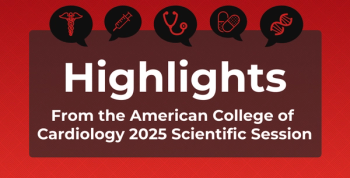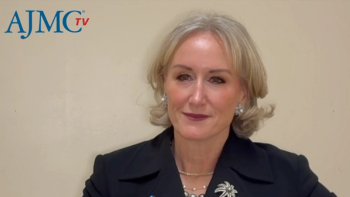
Cost-Effectiveness and Cardiovascular Risk
Adam Bress, PharmD, MS, explains what cost-effectiveness means as it pertains to cardiovascular disease and highlights measures used to capture information and make treatment decisions.
Transcript
Deepak L. Bhatt, MD, MPH: Let’s now discuss considerations for cost-effectiveness evaluation. It’s an incredibly important topic, especially with everything going on right now in the world’s economy. We’re in the middle of a pandemic. There are all sorts of potential implications there, not just to human life and culture but to economics as well, so I think cost-effectiveness has always been important but will be even more so in the years to come. I think it would be useful to start from the 30,000-foot view, and I can’t think of anyone better than Dr Bress to do so. What exactly does cost-effectiveness mean as it pertains to cardiovascular disease? We hear a lot about it, but what does it actually mean? What are we trying to evaluate?
Adam Bress, PharmD, MS: Thanks, Dr Bhatt. Cost-effectiveness essentially means an estimation of the incremental health gained by 1 treatment compared to another relative to the difference in the total cost of the 2 treatments after considering all costs of the downstream health outcomes of both treatments, usually over a lifetime. The primary function of cost-effectiveness analyses is to help health care decision makers—usually health systems, population health managers, and payers—optimize how to use and allocate their scarce or limited health care resources.
This involves a complex determination of the value or efficiency of interventions by assessing trade-offs simultaneously of costs, harms, and benefits of different treatment options. Cost-effectiveness analyses are one way to help decision makers make these decisions. To do so, cost-effectiveness analyses combine these considerations into a single metric called the incremental cost-effectiveness ratio, or the ICER. The ICER, like I said, is a ratio. The numerator of the ICER represents the additional costs in dollars conferred when comparing 2 treatments, comparing treatment A versus treatment B. And the denominator of the ICER is the difference in the health outcomes comparing treatment A versus treatment B, usually assessed in a single metric called the quality-adjusted life year, or QALY. QALY is the most commonly used benefit measure in cost-effectiveness analyses because it incorporates both the length of life and the quality of life. QALYs adjust the length of life downward to reflect decreases in health-related quality of life as health and conditions occur over time.
What the ICER means in terms of value or efficiency, the 2014 American Heart Association and American College of Cardiology adapted the WHO’s [World Health Organization’s] framework for value assessment of health care interventions and proposed interventions with ICERs of less than $50,000 per QALY. So, $50,000 spent for each additional quality adjusted life year gain would be considered high value. Interventions that have an ICER below that number are considered to be high value. In contrast, interventions that have ICERs above $150,000 are considered low value, and interventions with ICERs in between those two are considered to be of intermediate value.
Deepak L. Bhatt, MD, MPH: That was really quite useful. I think we talk a lot about cost, but many of us, in particular the physicians I’m referring to, don’t really understand what that means. That was a useful summary.
Newsletter
Stay ahead of policy, cost, and value—subscribe to AJMC for expert insights at the intersection of clinical care and health economics.









































